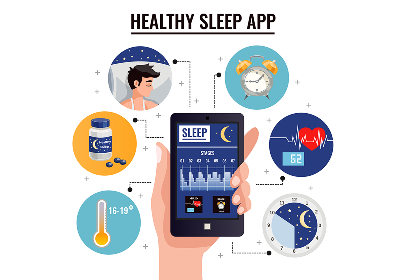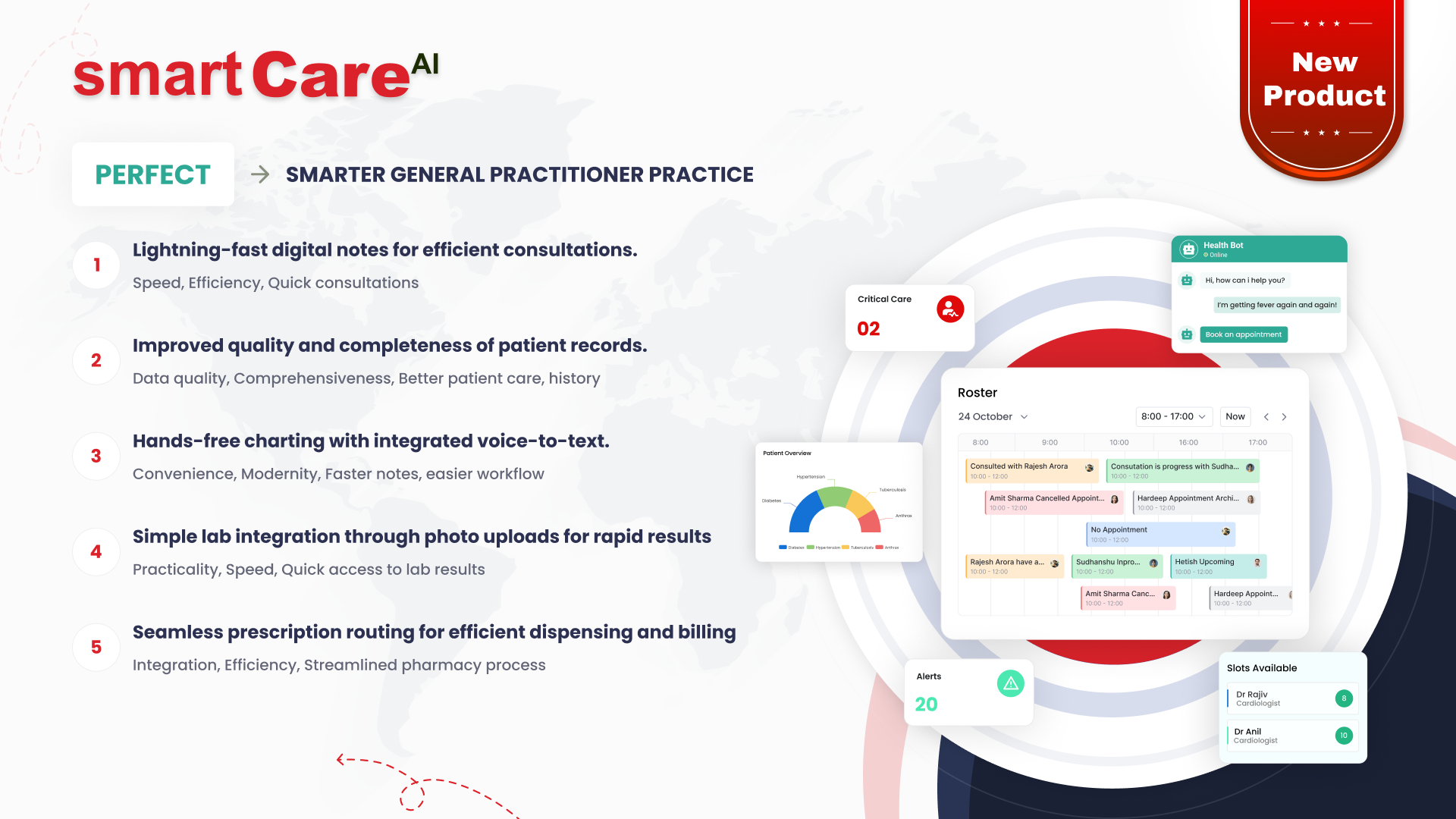Posted On May 20, 2025
Patient-Centric Healthcare: Why UX Matters in Medical Software
Importance of understanding and addressing digital-first healthcare environment, user experience (UX) is no longer just a design concern—it’s a critical factor in delivering safe, effective, and compassionate care. A well designed Medical software that puts patients and clinicians at first can enhance engagement, improve adherence to patient treatment, better outcomes, and fewer errors. By focusing on intuitive interfaces, accessibility, and personalized features, healthcare applications can empower patients, reduce frustration, and ultimately lead to better health outcomes. Prioritizing UX in medical software not only fosters trust and satisfaction but also aligns with the growing trend of placing patients at the center of healthcare delivery.
Why UX Matters in Healthcare Software
- Improves Patient Outcomes
Intuitive interfaces and clear instructions encourage patients to actively manage their health. This can include scheduling appointments, accessing test results, tracking medication, and communicating with their care team.
- Reduces Errors and Frustration
Clear and concise design elements minimize the risk of errors, such as misinterpreting instructions or accidentally skipping crucial steps. This leads to a less frustrating experience for both patients and healthcare providers.
- Boosts Patient Engagement
Seamless mobile experiences with features like medication reminders, progress tracking, clear data visualization, accessibility features and personalized support encourage patient to be more active in their care as that help them to improve outcomes and engagement.
- Increase Patient Satisfaction
User-friendly apps and platforms can help patients understand and adhere to their treatment plans. Features like medication reminders, progress tracking, and personalized support can significantly improve outcomes.
- Ensures Compliance & Trust
Effective UX design that integrates HIPAA compliance, streamlined consent workflows, and transparency not only ensures regulatory adherence but also fosters user trust by clearly communicating data handling practices and obtaining informed consent, ultimately enhancing the user experience while safeguarding sensitive health information.
Key Principles of Great UX in Medical Software
- Accessibility
- Simplicity
- Clarity
- Personalization
- Security and Privacy
The Future of UX in Medical Software
As technology continues to advance, the role of UX in medical software will only become more critical. Emerging technologies like artificial intelligence (AI) and virtual reality (VR) offer exciting opportunities to personalize and enhance the patient experience. AI-powered chatbots can provide instant support and answer common questions. VR can be used to create immersive educational experiences, helping patients understand complex medical procedures.
Conclusion
Patient-centric healthcare is the future. User experience is the key to unlocking the full potential of this industry, so when we work with medical software developers we can help patients take charge of their healthcare by providing information that enables them to actively manage their health, improve treatment compliance and establish stronger relationships with their healthcare providers. By working towards a user-centered design process we’re not just investing in the appearance of the product, but we’re also investing in better health outcomes, increased patient satisfaction, and for all, more efficient and effective healthcare.








